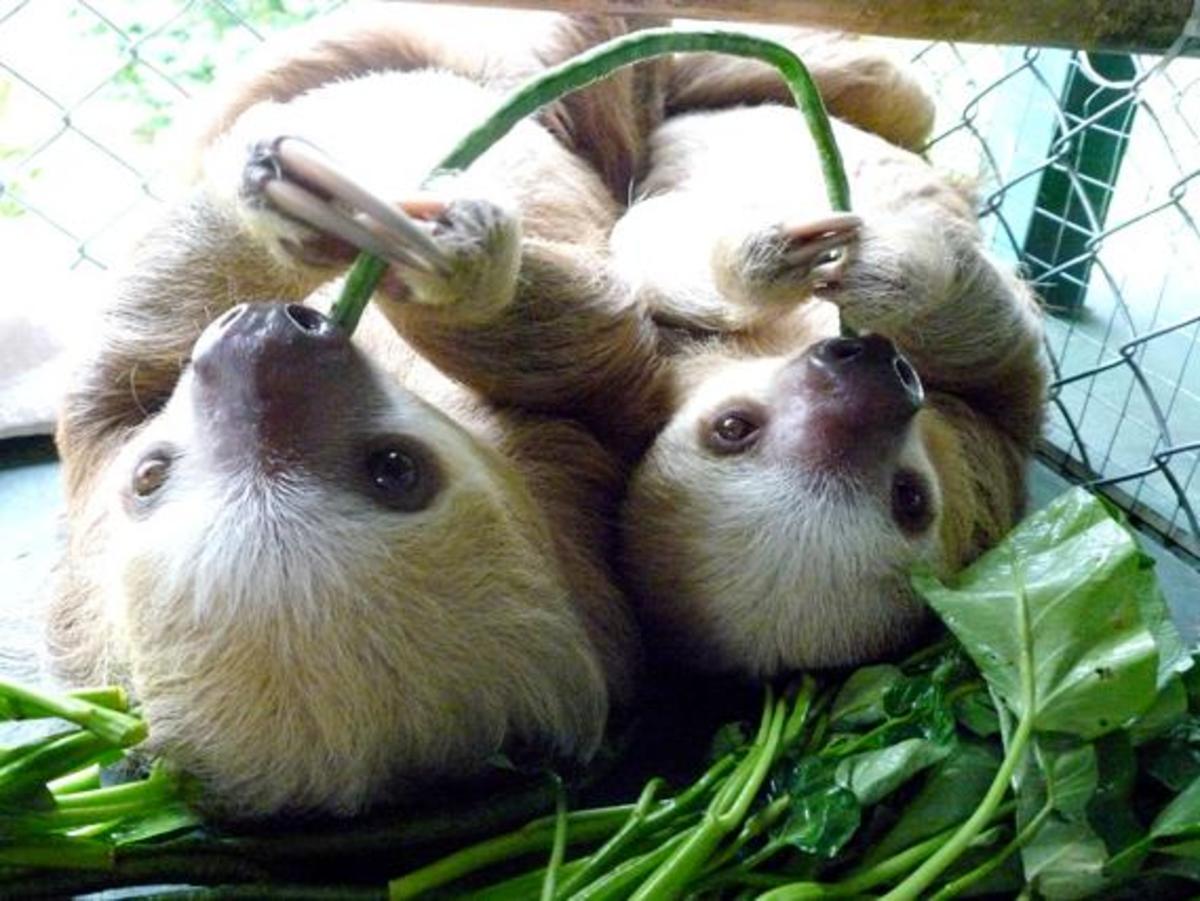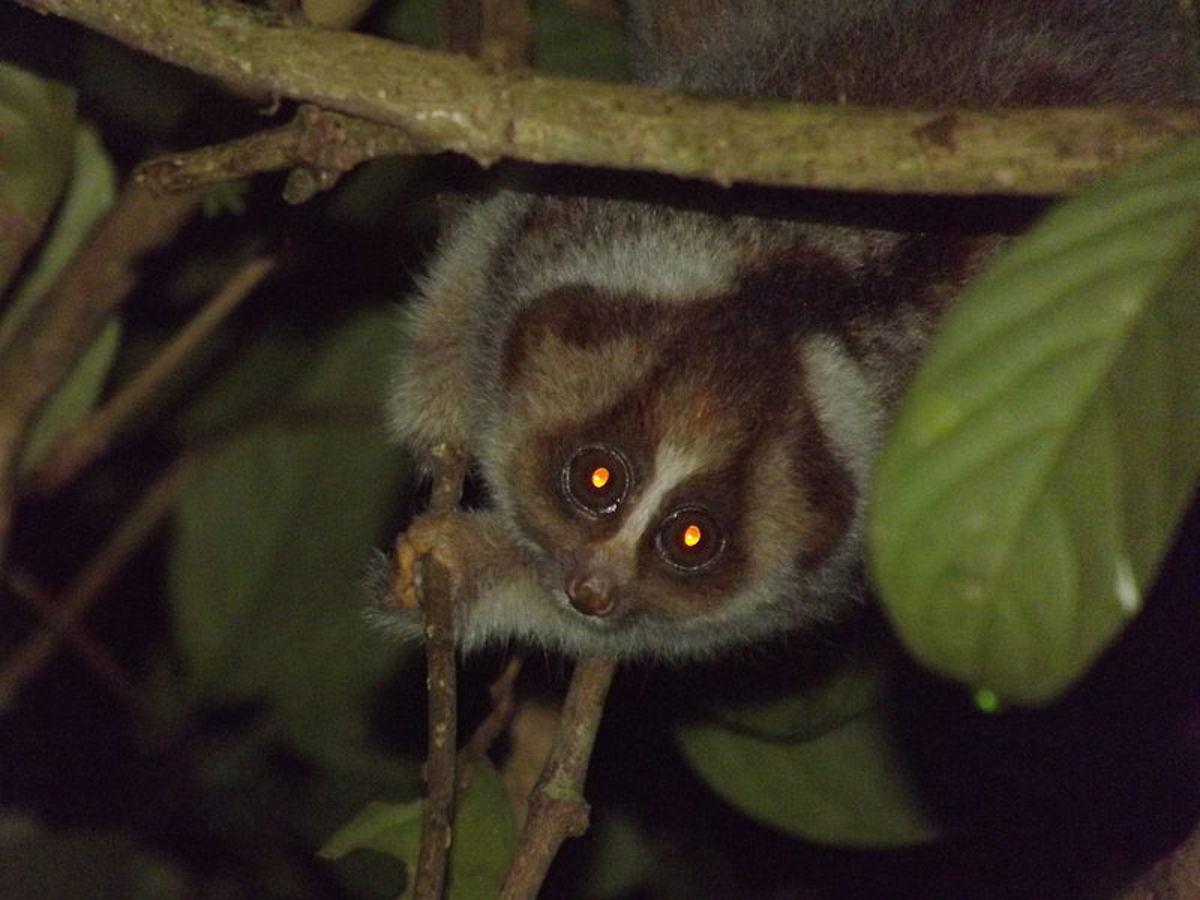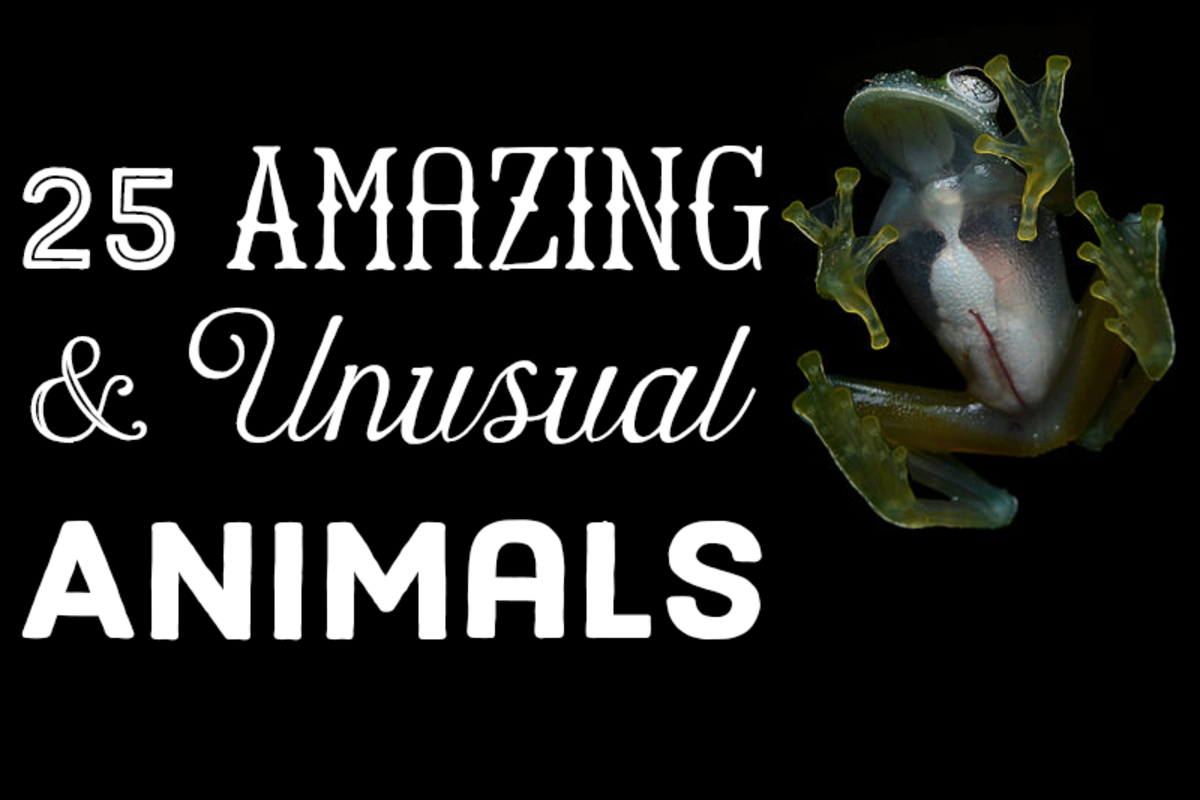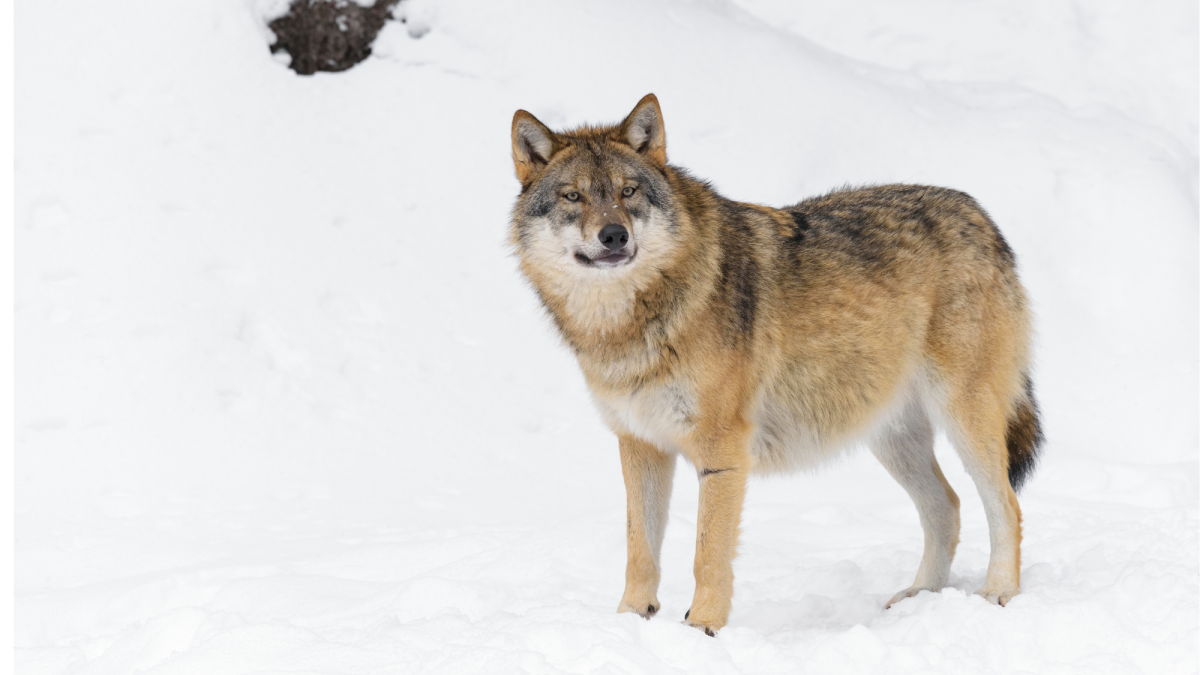Slow, Sleepy, Sloths

Ahhh...the life of a sloth. The slow, sleepy sloth.
There are two species of sloths: The two-toed sloth and the three-toed sloth.
Sloths are one of the world's slowest tree-dwellers found in Central and South America. As rainforest mammals, they tend to spend most of their time up in the lower tree layers and canopies. Most sloths are the size of a small to medium sized dog. They have short, flat heads with raccoon-like markings around their eyes. They are typically grayish-brown in color, although some of them have a greenish tint to them. This is because they are such slow-moving animals that algae tends to grow on them after a while.
Sloths are nocturnal animals who sleep wadded up in a ball with their heads between their arms and legs. They do this in order to stay camouflaged to the tree to avoid jaguars from spotting them while they sleep. Sloths can sleep up to 18 hours at a time, so this safety technique is very important if they want to stay alive.
Sloths rarely climb down onto the rainforest floor and can stay up in the trees for years. These couch potatoes have long claws that help them hang on to the trees, allowing them to sleep hanging upside-down. Believe it or not, sloth moms give birth to their babies while hanging upside-down as well.
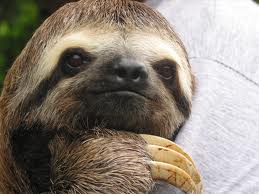
What's For Dinner?
With slow metabolisms and lack of movement, sloths don't need to eat much on a daily basis. They mostly depend on fruits, buds, leaves, and young twigs for nourishment.
Two-toed sloths are larger and faster than their three-toed relatives. They have also been known to stray from the typical sloth diet and eat insects, small reptiles and birds as well. Sloths have several stomach compartments which house symbiotic bacteria that helps break down food.
Two-thirds of the sloth's weight is in its stomach as the digestive process can take over a month to complete. Sloths also have relatively low body temperatures, allowing them to metabolize food very slowly.
Sloth Fur
An interesting sloth tid-bit is related to the way sloth-fur grows. Most mammals' fur or hair grows toward their extremities. Sloth fur, however, grows in the opposite direction, away from their extremities. This is because they spend so much time hanging upside down with their legs above their heads. In order to protect themselves while hanging, their fur grows away from their extremities. As mentioned before, their fur are also small ecosystems in and of themselves. There are a myriad of parasites that live on the sloths because they don't move much.

Funky Habit
Sloths have the habit of climbing down their tree once a week to defecate. They digs holes, do their business, and cover them back up again. They also go to the same general vicinity to take care of their needs, making them extremely vulnerable to predators. Scientists can only guess why they are so particular about this habit. Some think sloths make their weekly trip down the tree so that they don't make noise while defecating and attract predators. Others think they behave this way so that their mates can find them and know which tree they are hanging out in...after all, sloths apparently have better senses of smell than eyesight.
And You Thought Turtles Were Slow!
Sloths travel in two speeds, slow and slower. On tree branches, when threatened by predators, sloths can move as quickly as 13 feet per minute. On land, they are a little slower, moving at a pace of 6.5 feet per minute.
Legs Weren't Made For Walking
Although sloths have two long arms and two equally long legs, or essentially four legs, they cannot walk on all of them like dogs and cats. On the ground, sloths use their claws to dig in and pull themselves from one place to the other, much like an army crawl. This adds to the inability to move very quickly across flat ground. Surprisingly, sloths are actually pretty good swimmers and move faster in a body of water.
Look At What I Can Do!
One more strange, biological, structural difference between sloths and other mammals is the fact that they have extra vertebrae in their necks. Most mammals of all shapes and sizes, ranging from giraffes to whales, have seven vertebrae in their necks. Three-toed sloths, however, have nine vertebrae in their necks, allowing them to turn their heads around about 270 degrees. Two-toed sloths don't have this advantage as they only have six vertebrae like manatees. Coincidentally, manatees are also very slow-moving.
Unique Creatures
As far as mammals go, sloths are one of the most fascinating. Their habits are different from other mammals. Their body structures are different from other mammals. Their behaviors are different from other mammals. They are most certainly one of the most unique creatures on the face of this earth.



